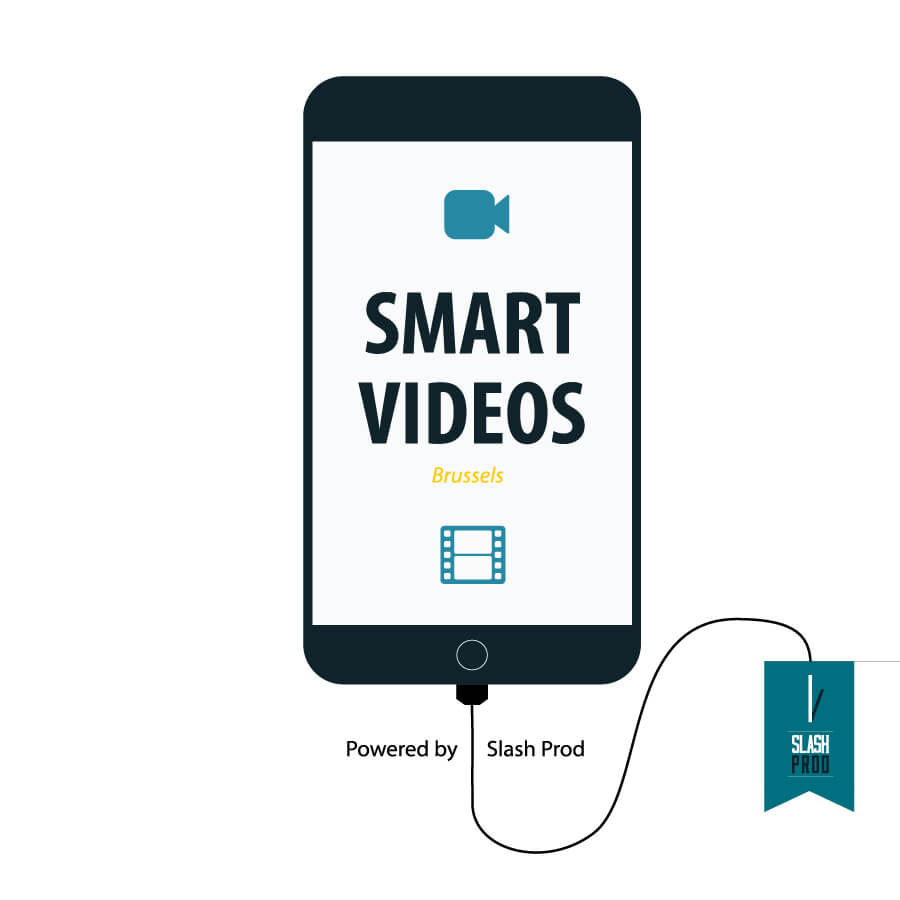Reading time
10 minutes
Home >> Blog >> SEO explained >> Keyword optimisation
How does keyword optimisation work?
Keyword optimisation is the set of techniques aimed at matching the content of one’s own website with what our target audience is actually looking for.
Here’s an overview of these techniques.
1. MODIFIERS (search intent, money terms, geo)
Modifiers are all those words that refine and
clarify the search intent of a query.
Most SEO experts divide search intent into
4 categories: informational, navigational,
commercial, transactional.
A matter of semantic context
Although WHY and WHAT people are exactly looking for is extremely relevant, we shall not forget about other factors, such as the WHERE (geo modifiers) or the WHEN (seasonal modifier: for example, looking for a Christmas gift).
So, at the beginning, it is good to keep a
keyword list as large as possible and to
organise it into categories.
In the long term, it is important to check
which modifiers brought the most traffic and
insist on them.

2. related search/parent topic
SEO is all about expanding and refining.
A simple way to expand a keyword list is by
looking at related searches of a kw at the
bottom of a SERP (Search Engine Results Page) on Google or Wikipedia.
About refining, different keywords can often
be grouped by their parent topic.
A parent topic is a more general kw that
encompasses more specific keywords.
For example, the longtail keywords “how to
publish a video on Facebook” and “how to
publish a video on Twitter” can be grouped into “how to publish a video on social media.”
And, then, the more specific keywords can be used as subtitles of the more general keywords’ page. Data about parent topics can be found on premium platforms, such as Ahrefs.
3. content-gap analysis
If one wants to rank for a specific keyword, a pretty
effective preparatory technique consists of a
content-gap analysis.
A CGA can be done:
1 in general,
2 on
competitors,
3 on our own SEO strategy.
In general, it means to google a specific kw
and analyse the results.
Any relevant content on that topic, which is
missing from the serp’s Top 10, can be an
interesting SEO opportunity.
On competitors, it means to see for what kw
they rank (or not) for and try “steal” traffic from
them by producing better content.
On ourselves, it means to identify missed
opportunities in our own content.
Related resources
VIDEO MARKETING IN 3 STEPS
Getting started with video marketing, it has never been that easy. All it takes is a smartphone.
4. blogs & wikis
It is important to produce informational
content.
Not only because most of the searches
have an informational intent but, even more
importantly, because people are more likely
to link informational content to their website.
And we know that backlinking is the most
powerful drive of domain/url authority.
This is why it is so easy to find educational
content on the web: any guide, tutorial,
wiki, or blog with relevant instructions/
explanations drive traffic.
Top informational articles have a table of
content, categories, snippets, and anything
that offers an intuitive and smooth navigation.
Finally, top informational content is what
convinces a visitor to remain on the website.
Related resources

5. reverse engineering
Reverse engineering consists of inverting the
process of guessing what people are looking
for by taking a look at what they are finding.
While content-gap analysis focuses on what
competitors are not doing, RE is about seeing
what they are doing.
And then trying to do it better.
So that one can rank better for the same
keywords.
RE aims at assessing the ranking difficulty of
a specific keyword, so that one can decide
whether the business value of that keyword
is worth the effort.
Online forums and question repositories, such as Quora or Haro, can also help assess a ranking opportunity.
6. Content discovery vs delivery
This distinction is relevant to the search
intent of users: are they asking for inspiration
or for precise pieces of information?
In the first case, think about Youtube’s
recommended videos: it is about offering an
excuse to watch whatever, watch more.
Content delivery is about giving users what
they want, as soon as possible, straight to the
point.
So, no long introductions nor blabla, rather a
table of content and, right after they got what
they wanted, a call to action to make them
stay.
This distinction is not official (was it Seth Godin? Who knows. Who cares?).
Related resources
HAVE YOU EVER BOOKED A VIDEO ONLINE?
We have created the first and most powerful automation system for online video booking.
7. terminology check
Sometimes one takes for granted that all
people use the same words to refer to the
same objects or concepts.
This is why check terminology matters.
The idea is to double check, not only on
Google, but also on popular collaborative
platforms, such as Wikipedia, which terms
are more in use.
Do people use smartphone, mobile device,
or cellphone?
Are they using all three?
Mostly, a terminology check is an educated
guess.
